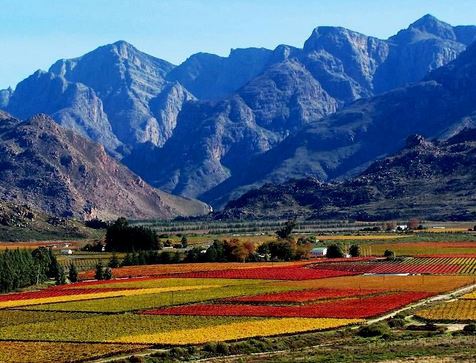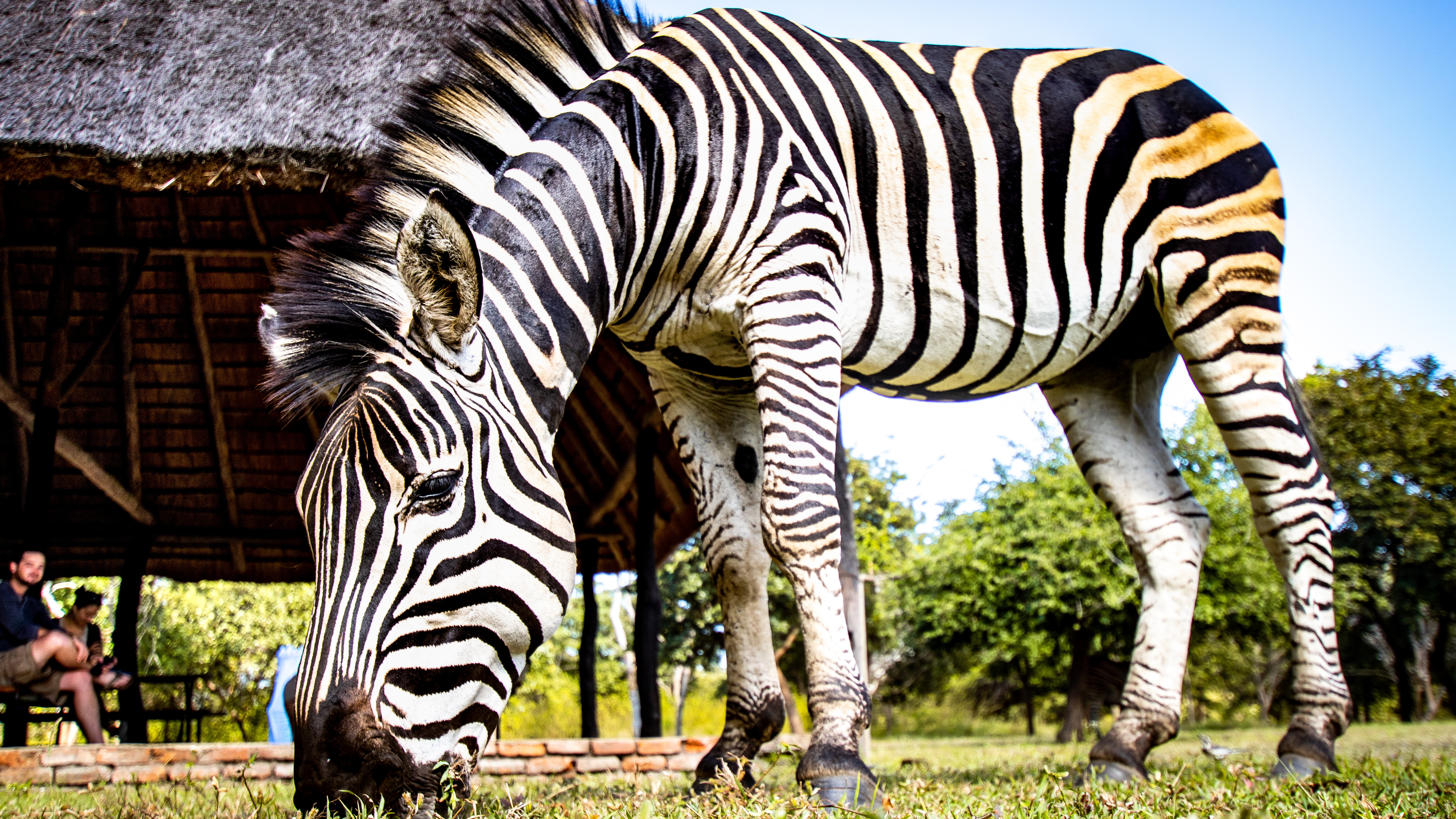Construction of this village in southern Namibia began in 1866 when the German missionary Johan Schröder was sent to this region to build a church and to proclaim the Christian faith. The residents at that time, Nama Bushmen, called the area Swartmodder or Modderfontein, which refers to the stream of water and mud that flows through the riverbed during the rainy season. Johan Schröder named the place after the German businessman Johann Keetman who supported the mission financially.
The church, completed in 1895, is one of the sights in Keetmanshoop and today houses the museum. The museum focuses on the history of the area and you can admire the Gothic architecture of the building during your visit. In addition to this church are also the train station and the former post office, now VVV, buildings that are left from the early Keetmanshoop period.
Keetmanshoop is easily accessible as roads depart from the village towards Windhoek, Luderitz and South Africa. The Trans-Namibia railway also runs from Windhoek to Upington in South Africa along Keetmanshoop. There is a desert climate in this part of Namibia with an average of 34 degrees during the day and around 18 degrees during the summer. In the winter months (June-August) the temperatures during the day are milder, between 20 and 25 degrees and at night it can freeze slightly on the ground. Most rain falls in the months of February and April, the rest of the year it is generally dry.
At about 14 kilometers from Keetmanshoop there are two special and photogenic places that you can visit: Giant’s Playground and the Kokerboom Forest, both can be reached via the same access gate (farm Gariganus). The first mentioned is also referred to as the ‘Garden of the Gods’ and is a piece of land strewn with boulders in bizarre shapes and formations, which most of all looks like a giant playing with blocks.
Kokerboom Forest is a special natural phenomenon since Kokerboom are normally found lonely in the desert steppe and not with several in the same place. The tube tree, or quiver tree, is a tree from the aloe family and only a few species develop into a tree. This tree was useful for the bushmen because of the hollow branches that they used to make the sleeves for their arrows. Tubular trees actually always grow on or against a piece of rock, the rock absorbs the warmth of the sun during the day and releases it at night so that the tubular tree can grow in a more constant temperature.
When you drive another 20 kilometers from farm Gariganus to Koes, you will pass farm Spitzkoppe where some very old fossils have been found. It is estimated that these Mesosaurus fossils are around 280 million years old. You will be shown around the farm by father or son Steenkamp who will also show you their ‘own’ Giant’s Playground and Kokerboom Forest during the tour.
Keetmanshoop knew many farmers who were busy with the breeding of Karakul sheep originally from Asia, but doing well in this dry and warm climate. From the 1970s, the number of farmers that breed this type of sheep has fallen sharply following protests from animal organizations since many of the lambs were slaughtered after just 24 hours. Many farmers went bankrupt or switched to keeping other sheep.
All in all, this village has a number of special sights where photographers can enjoy themselves and take beautiful pictures.
Add to my travel plans



